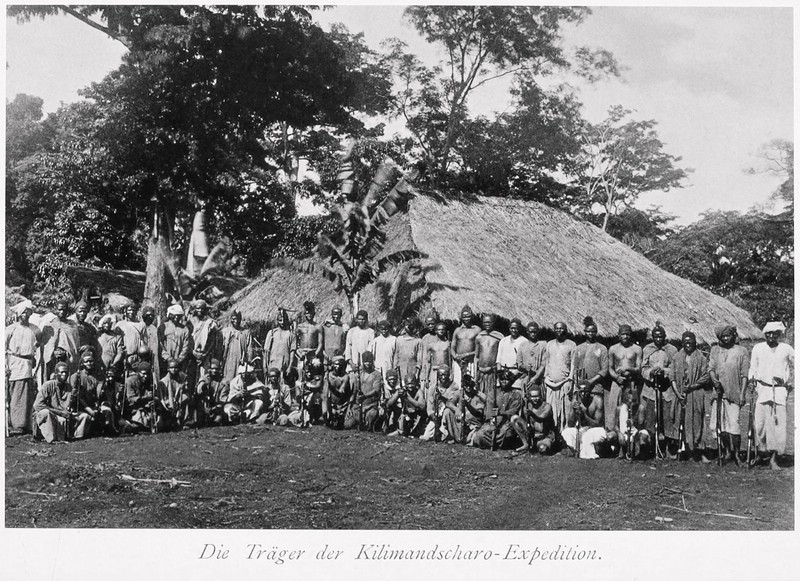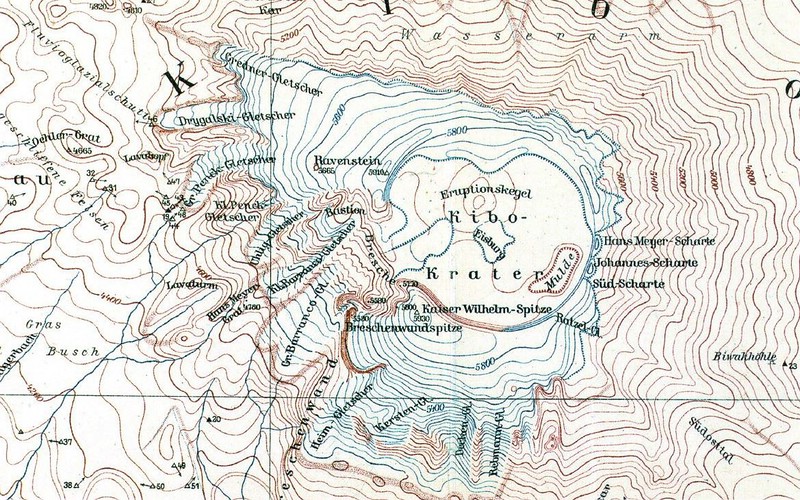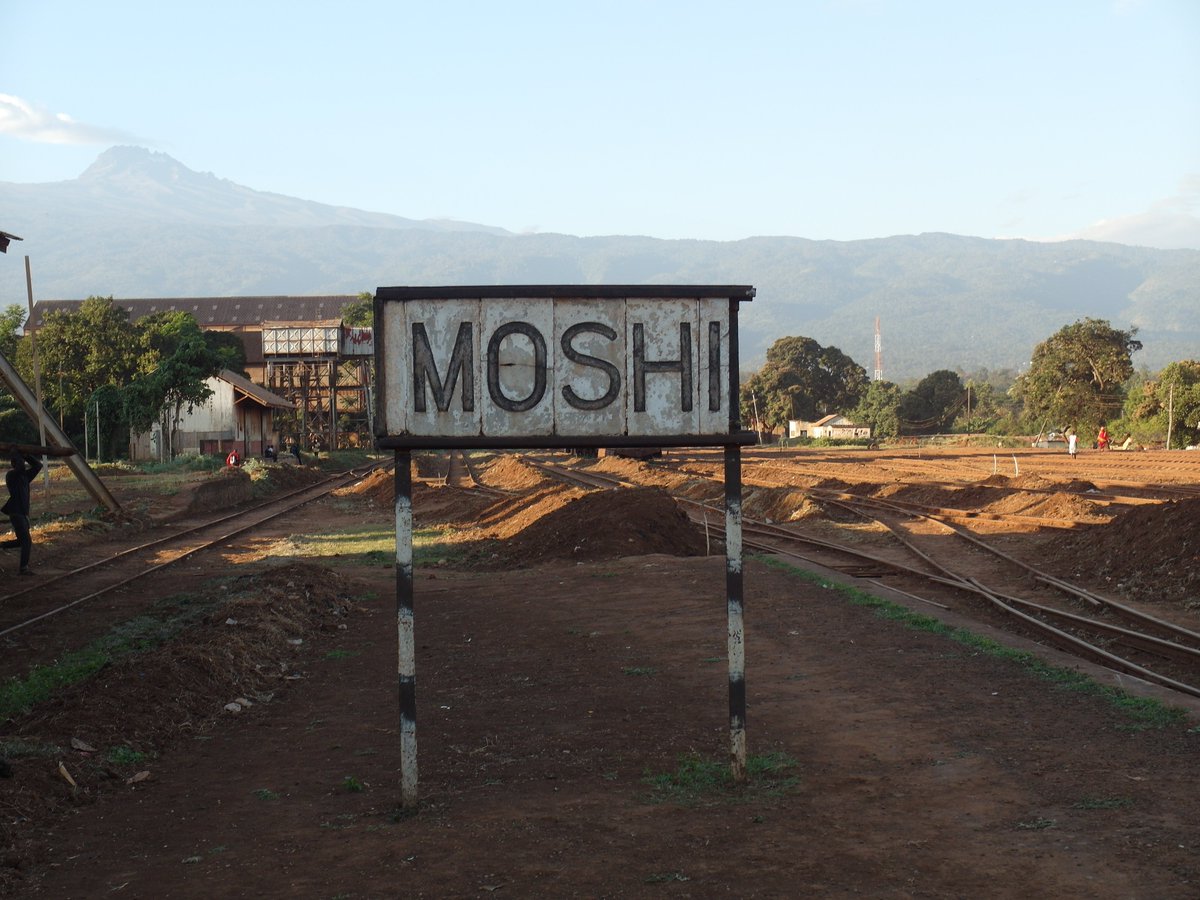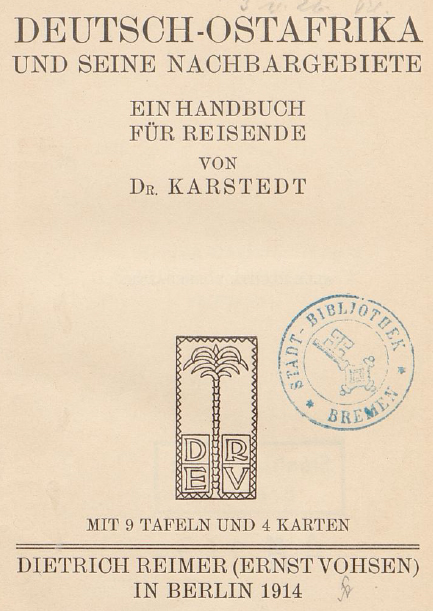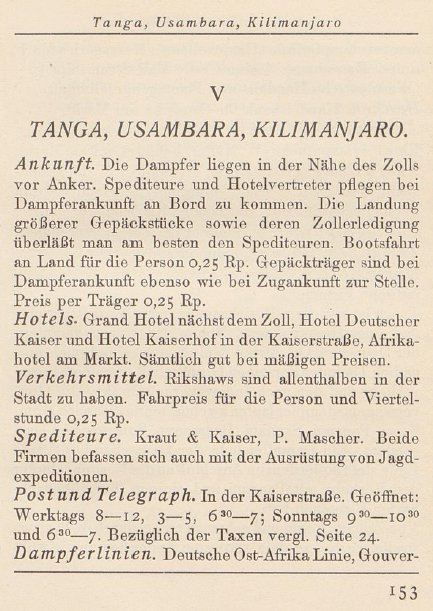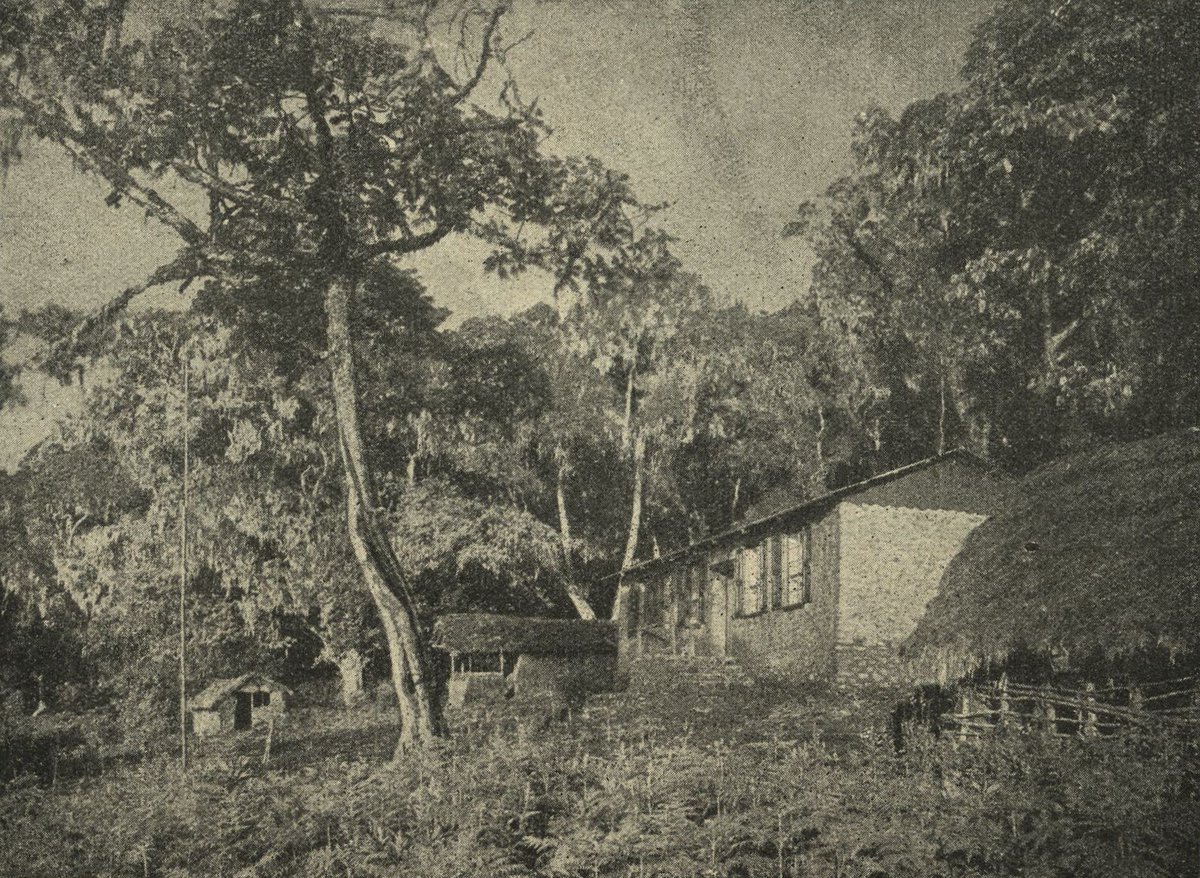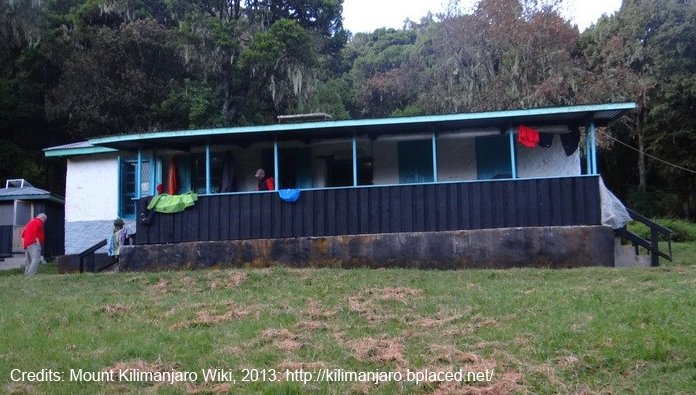Mount #Kilimanjaro, today, is one of Africa’s leading tourist destinations, attracting 40,000 tourists every year. What most of them don’t know: the origins of the tourism industry date back to the early 20th century. Kilimanjaro tourism has a colonial history. A thread. 1/18
The Kilimanjaro region and its people, the Wachagga, had been integrated in networks of caravan trade with the Indian Ocean world since the 17th century. Accordingly, its name translates as “mountain of caravans” from Taita language. 2/
In 1848, the missionaries Krapf and Rebmann became the first Europeans to see Mount Kilimanjaro. Their news of a snow-covered mountain in Africa, however, were hardly believed in Europe. W.D. Cooley of the @RGS_IBG called their reports “miserably poor in facts”. 3/
Missionaries and explorers like Krapf were the harbingers of colonial conquest. In 1884/5, a German chartered company acquired its first territorial possessions on the Indian Ocean coast; a few years later, Tanzania officially became the colony German East Africa. 4/
In 1889, the German Hans Meyer became the first European to reach the summit, being supported by over 60 Tanzanian porters. Meyer claimed the mountain for Germany. On top, he raised the German flag and renamed the summit “Kaiser Wilhelm Peak” after Emperor Wilhelm II. 5/
Kilimanjaro became a symbol of German occupation. School books and propaganda labelled it as “Germany’s highest mountain”. Expeditions claimed the landscape for the German Empire, renaming Kilimanjaro’s physical features after colonial heroes: Meyer Notch, Bismarck Tower, etc. 6/
The area around Kilimanjaro was a favorite spot for German settlement because of its mild climate and absence of mosquitos. After colonial wars had suppressed local resistance in the early 1890s, missionaries and settlers populated the towns Moshi and Machame. 7/
Violence against the African population remained ubiquitous. In Moshi, commander Carl Peters was infamous for his brutal behavior, earning him the nickname “Hänge-Peters” in the early 1890s. From 1905 to 1907, an estimate of 75,000 to 300,000 Africans died in a colonial war. 8/
After the war, the Germans expanded infrastructure networks to exploit the colonial interior and develop plantations. In 1911, a railway line opened in the north, connecting Moshi with the Indian Ocean. The time to reach Kilimanjaro decreased from weeks to a few hours. 9/
Railway and steamship connections allowed for the first tourist activities in colonial Tanzania, although only for a handful of wealthy travelers. The German tourist agency Carl Stangen arranged its first group excursions, hotels were opened, first guide books published. 10/
The settler E.T. Foerster sensed the opportunity to profit from mountain tourism. In 1912, he founded a hotel in Moshi. With the help of African workers, he laid out a new trail and built three mountain huts: the Bismarck hut (photo), the Johannes hut, and the Peters hut. 11/
One year later, he assembled 60 settlers to found an alpine club, the “Kilimandscharo-Bergverein”. Africans were denied membership. The club reached out to the German and Austrian Alpine Club to become an official branch, but the @DAV_Alpenverein refused official sanction. 12/
Foerster’s efforts continued the work begun by Hans Meyer to claim the mountain as a symbol of German conquest. As the founder of the racist German Colonial League, he agitated repeatedly for a brutal exploitation of the country and its inhabitants. 13/
In 1914, World War I ended the mountaineering business abruptly. The British victory brought an end to German colonial rule. In 1961, Tanganyika gained independence from Britain. The Tanzanians renamed the peak “Uhuru Peak”, meaning freedom, and raised their flag on top. 14/
But German colonialism has left its marks on the mountain slopes. While the peak was renamed, other German toponyms still exist today, e.g. the Wissmann Peak, named after the conqueror of German East Africa 15/
Colonial tourism, too, has left its traces. It was Foerster who had developed the business model still common today at Mount Kilimanjaro. From his hotel in Moshi, he operated an agency that provided European climbers with equipment and African porters. 16/
Today, every tourist is accompanied by three and more porters, amounting to an estimated seasonal labor force of 10,000 Tanzanian porters. In many ways, their business remains within neo-colonial power relations and exploitative structures. 17/

 Read on Twitter
Read on Twitter

